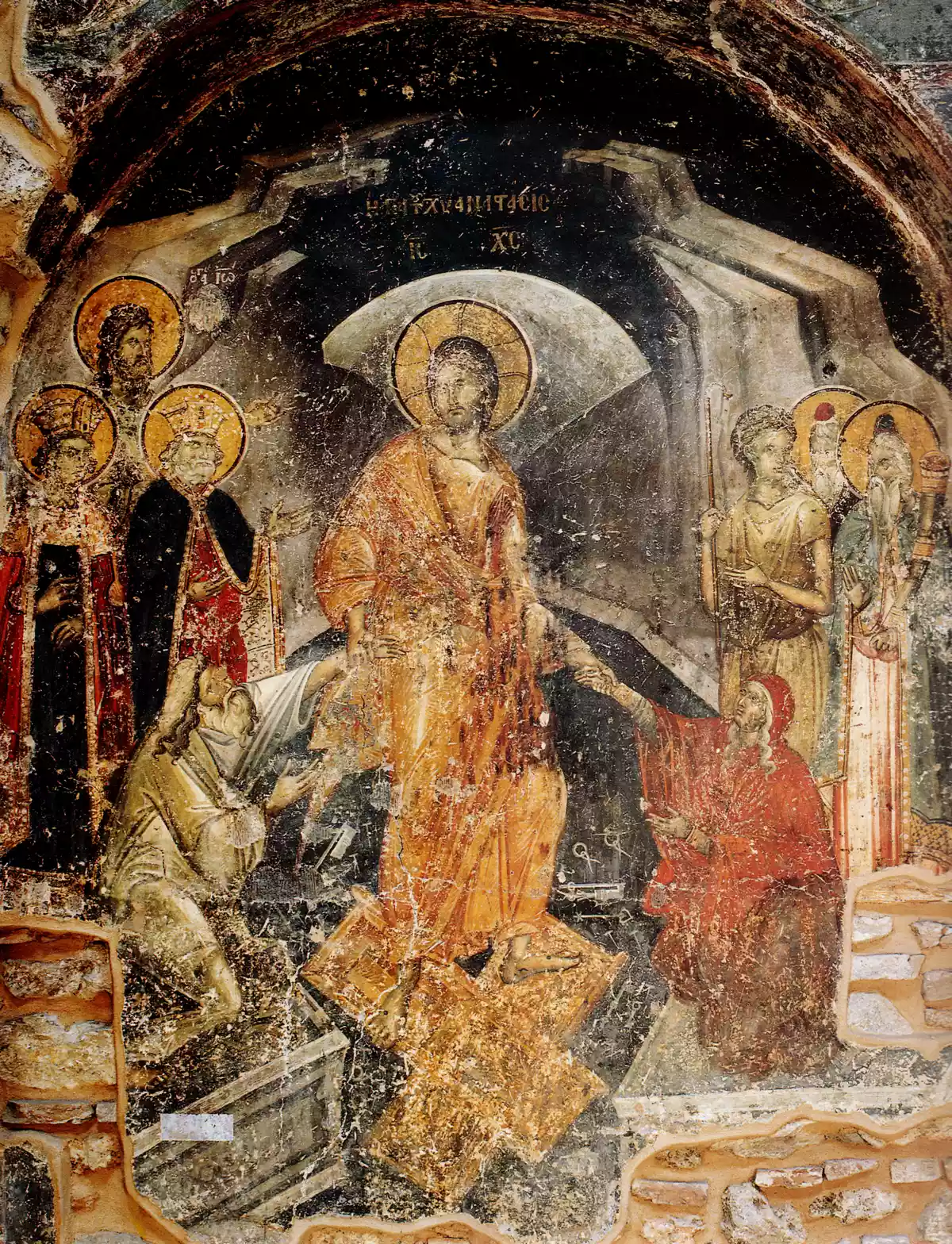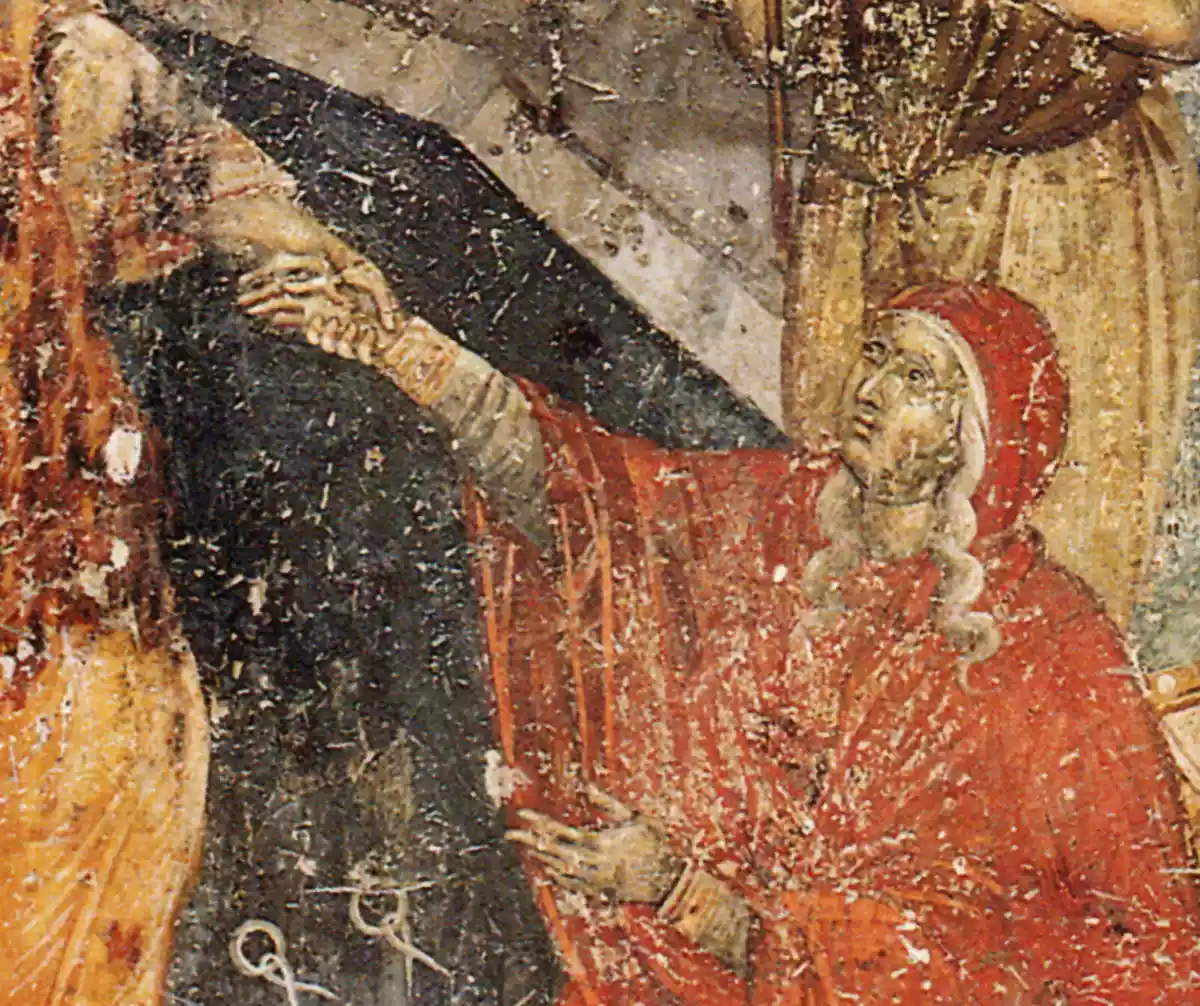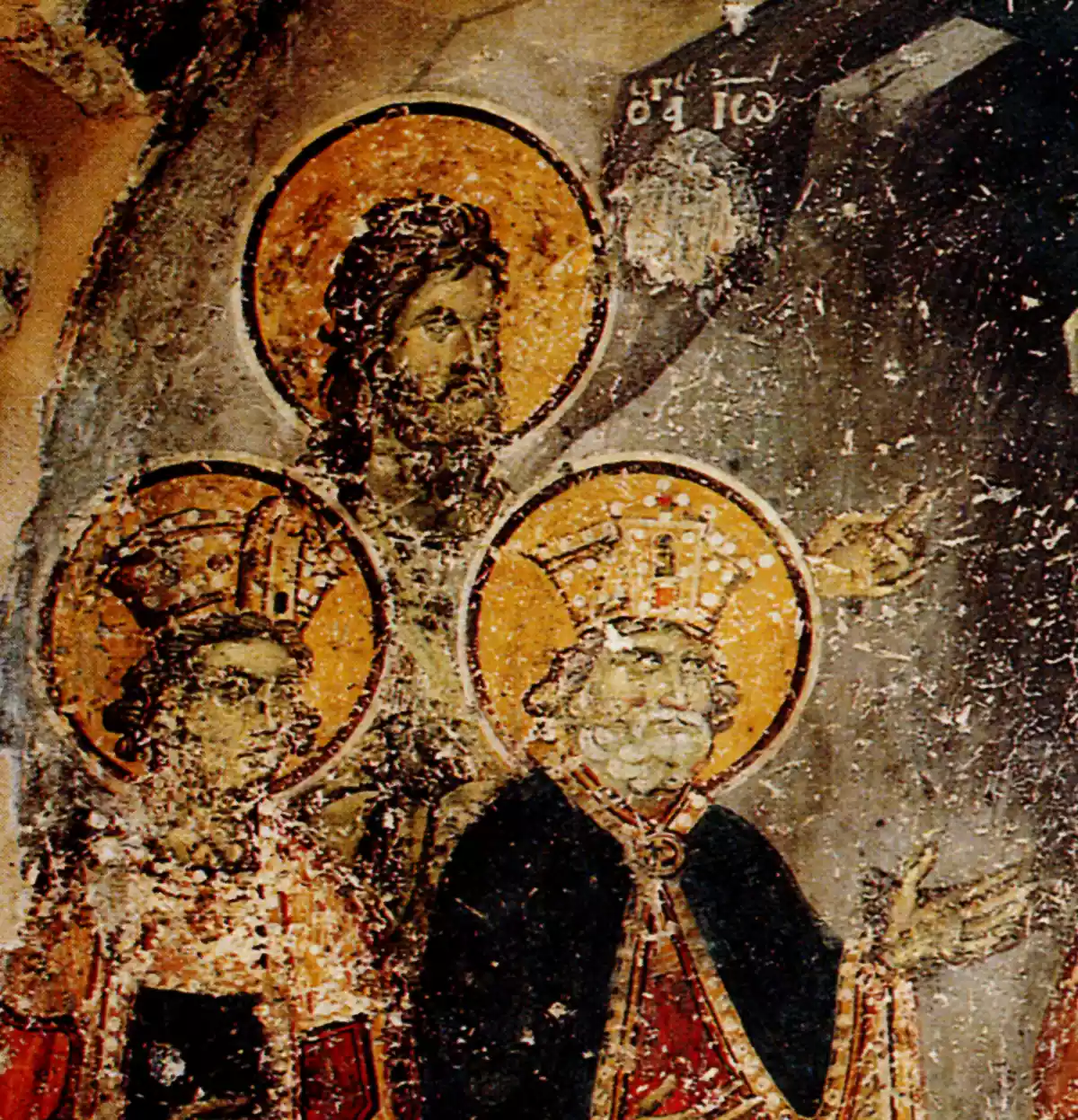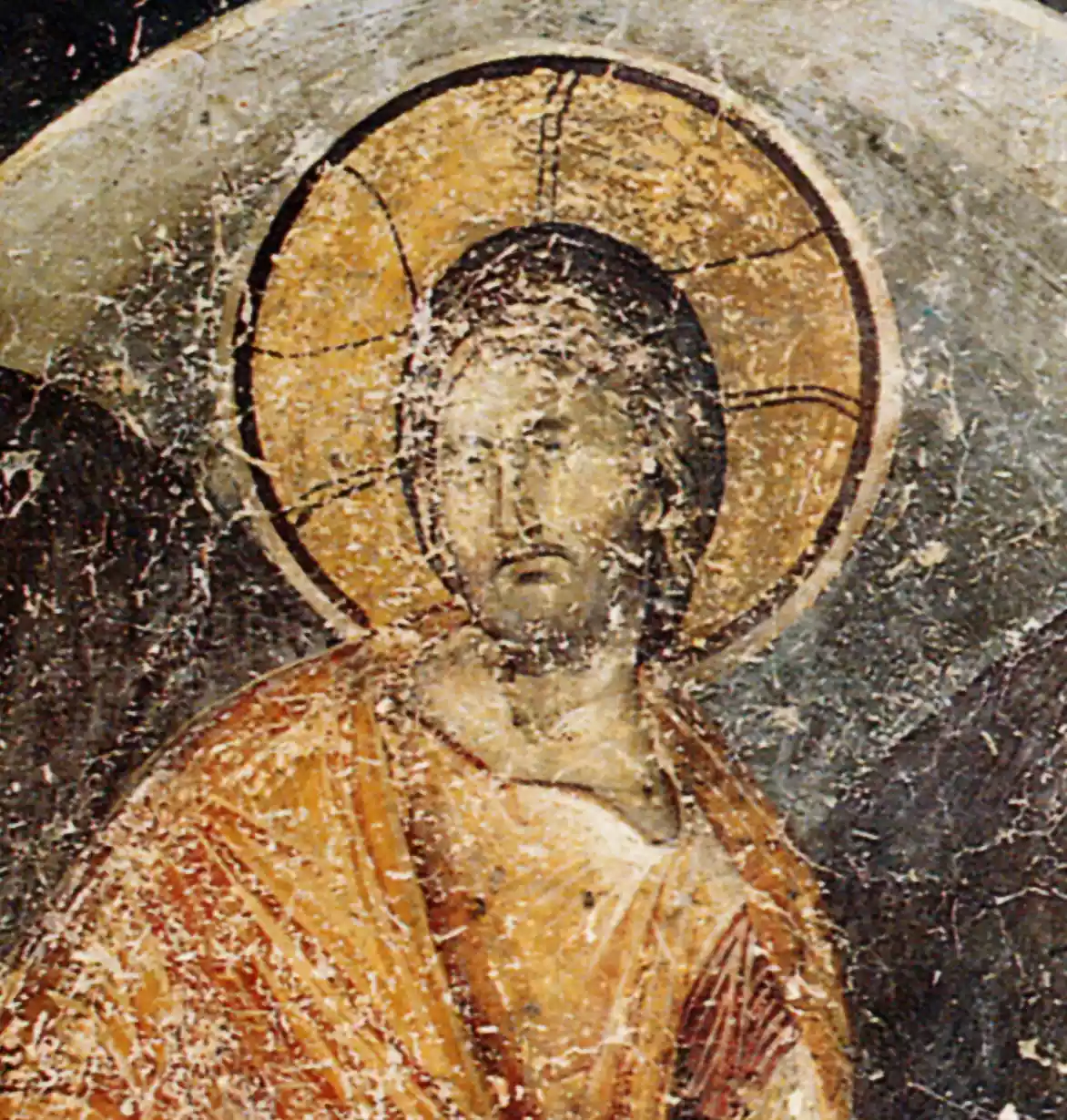
Not often does the painter himself declare himself best. But Georgios Kalliergis does this. We see a certain wall-painting, in the small church of the Resurrection in Veroia. In the year one thousand three hundred and fifteenth (1315) it was completed. This painting shows the so-called Resurrection – although it is rather the Descent into Hades. The Christ, wearing a golden himation, pulls the forefathers from the sarcophagi. This work not only denotes some divine matter, but also the mind of the artist, who named himself «best painter of all Thessaly» in the founder’s inscription. A certain Euphrosyne, wife of Xenos Psalidas, commissioned the painting. The icon, situated in a prominent place beside the sanctuary, in an arched apse, signifies the change of art in the fourteenth century, mixing the solemnity of the Palaiologan glory with something sharper, which we call the Macedonian School. It is a testimony of ambition not less than of piety.

The artist and his context: Necessities and arts
«Best painter»: The audacity of Kalliergis
What ever is it to call oneself «best»? Arrogant, that is. Kalliergis – whom we know from a document of the year 1322 to be living in Thessaloniki – not only painted, but also proclaimed himself. In a time of decline, with the empire contracting, the declaring of one’s own worth was necessary. For work was not in the City, but in Veroia, with the locals sponsoring, Euphrosyne and her husband. It was necessary to justify the wage. This signature is an economic testimony, not spiritual only. It teaches us about the market of art in the province. He was not some anonymous monk, but a professional artist, a master, and this he clearly knew. This confidence (or audacity) flows into the painting itself. The forms are not simply copied, but stand confidently, declaring a strong presence.

The Palaiologan Renaissance and the «Macedonian» turn
We always speak about the «Palaiologan Renaissance». A good name, indeed. It signifies a return to the ancient forms, the solemnity, the volume. And these things we observe here. Observe the himation of the Christ – the light falls upon it, it has weight. But this is not only a quiet classicism. This is the Macedonian School. And what can this mean? It signifies the drama. The movement. The impulse of the Christ is not serene· almost violent. He pulls Adam. The composition is not balanced in the old way. Full of energy, dense. The light is not gentle shading (the excellent rendering of the light), but sharp, making dramatic contrasts. This is not the certain world of the twelfth century. It is the fourteenth century. Things move quickly, perhaps even dissolve, and art shows this intensity. This dynamic quality is the local flavour, the Macedonian mark upon the broader Palaiologan ethos.
The iconography of the Descent: The new dogma
And the theme itself. The Resurrection. In the fourteenth century, this scene became the icon par excellence of the Resurrection. Not the empty tomb, not the Myrrhbearers. No. It is the Descent into Hades. A theological change, captured in painting. The Christ is victor, shattering the gates of Hades (which we see beneath his feet), freeing the righteous. Kalliergis follows this new, powerful, iconographic type. He places the Christ in the midst, clothed in light (golden-clad), actively pulling Adam (from the one side) and Eve (from the other) from the tombs. It is action, not contemplation. It is a most certain decision of salvation, and the placing of this icon, the eponymous one of the church, in the most visible place (the apse beside the sanctuary), ensures that no one missed the meaning. It is a complex painting… and exceedingly noisy, even in its decay.


